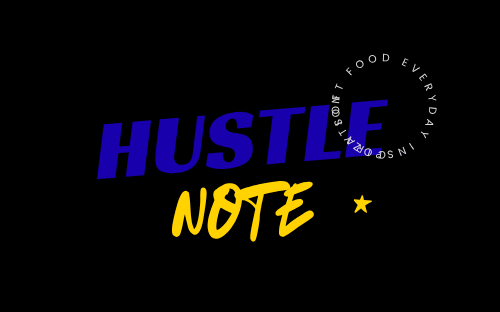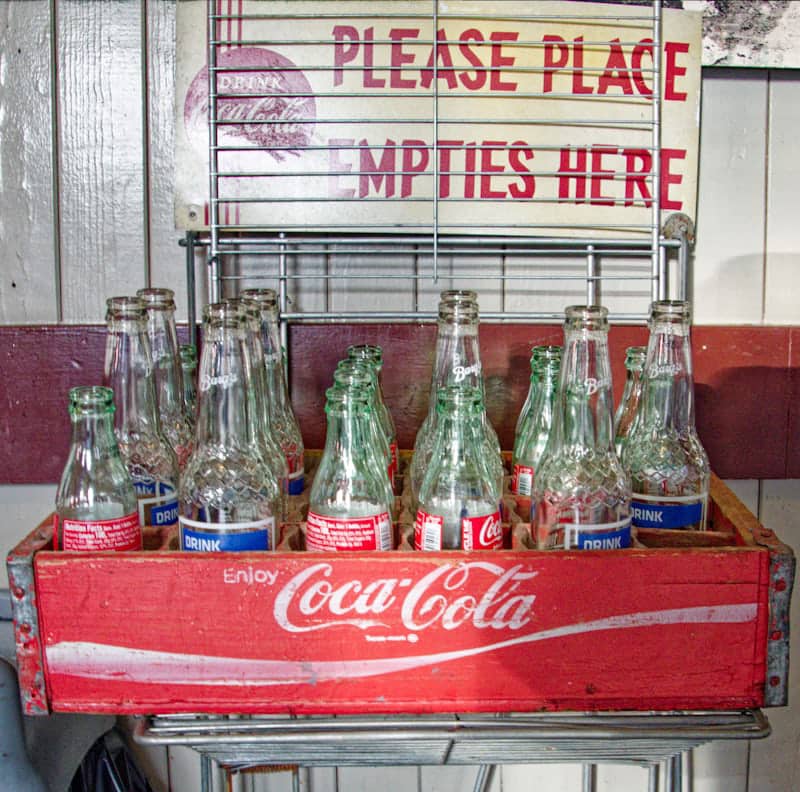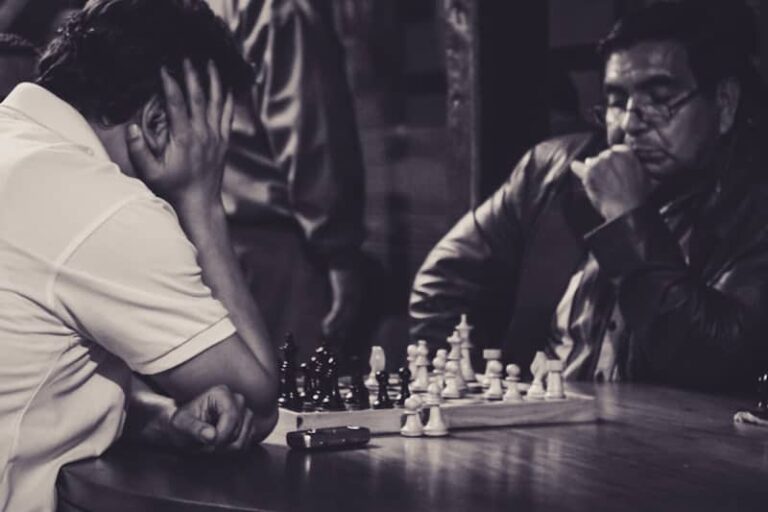How Coca-Cola Was Invented (and the New Coke Disaster That Almost Ruined It)
The Coca-Cola invention story is one of the most remarkable journeys in business history. What began in 1886 as a simple syrup in a small Atlanta pharmacy has grown into the world’s most famous soft drink, consumed in over 200 countries every single day. But Coca-Cola’s path to success wasn’t always smooth. Along the way, the company made one of the biggest marketing mistakes ever—the launch of New Coke. This article takes you through the history of Coca-Cola, its invention, rise to global dominance, and the lessons businesses can learn from both its success and failure.
The Humble Beginning of Coca-Cola
In 1886, Atlanta pharmacist Dr. John Stith Pemberton invented a caramel-colored syrup in his quest to make an energizing tonic. He took it to Jacobs’ Pharmacy, where it was mixed with carbonated water and sold for just 5 cents a glass. Customers loved it immediately.
The name Coca-Cola was suggested by Pemberton’s bookkeeper, Frank Robinson, who also designed the now world-famous script logo.
At first, sales were small. But when businessman Asa Candler acquired the rights in the late 1880s, Coca-Cola transformed. Candler’s aggressive marketing—free drink coupons, branded merchandise, posters, and clocks—turned Coca-Cola into not just a drink, but a lifestyle.
👉 Read Coca-Cola’s official company history here
Coca-Cola’s Global Rise
By the 1920s, Coca-Cola was America’s favorite soft drink. Clever slogans like “The Pause That Refreshes” built its identity as a refreshing escape. During World War II, Coca-Cola supplied drinks to American soldiers overseas, which introduced the brand to new markets around the globe.
After that, Coca-Cola became more than just a beverage—it became a symbol of joy, freedom, and togetherness.
Today, Coca-Cola is sold in over 200 countries, with more than 1.9 billion servings consumed daily. Its red-and-white logo is one of the most recognizable symbols in the world.
The New Coke Disaster (1985)
In the 1980s, Coca-Cola faced stiff competition from Pepsi. The “Pepsi Challenge” blind taste test campaign convinced many people that Pepsi’s sweeter formula tasted better.
In response, Coca-Cola made a bold move: they changed their recipe and launched New Coke in 1985.
The result? A disaster. Customers felt betrayed. Loyal fans protested, wrote angry letters, and even staged public demonstrations. The backlash was so massive that within just 79 days, Coca-Cola had to bring back the original drink as “Coca-Cola Classic.”
👉 Learn more about the New Coke fiasco from Britannica
Lessons from New Coke
- Don’t ignore loyalty. Customers weren’t just drinking Coca-Cola for taste—it was part of their identity.
- Innovation must respect tradition. Changing the formula meant changing what people emotionally connected to.
- Failure can be a blessing. Ironically, the backlash reminded people how much they loved the original Coca-Cola, which only strengthened its dominance.
Pepsi’s Failed Experiments
While Coca-Cola recovered, Pepsi also stumbled with failed products like:
Crystal Pepsi (1992): A clear soda that confused customers.
Pepsi A.M. (1989): A “morning Pepsi” with extra caffeine—nobody wanted it.
These failures show that even giant companies can make mistakes when they don’t understand consumer habits.
👉 Read our story about failed businesses in Nigeria like MMMhttps://hustlenote.com/mmm-nigeria-the-ponzi-scheme-that-shook-a-nation/
Final Thought
Coca-Cola’s story is a powerful reminder of what makes inventions successful:
A unique formula that solves a need (refreshment).
Brilliant marketing that connects emotionally with people.
The ability to learn from mistakes without losing brand identity.
From its invention in a small pharmacy to becoming a global cultural icon, Coca-Cola has shown that success is not about never failing—it’s about bouncing back stronger.
So, the next time you sip a Coke, remember: it’s not just a drink. It’s a story of invention, failure, resilience, and triumph. 🥤🌍
The Coca-Cola invention story proves that great ideas can start small and grow into global icons with the right mix of innovation, marketing, and persistence. From John Stith Pemberton’s pharmacy experiment to Asa Candler’s branding genius, Coca-Cola became more than just a drink—it became part of culture. And while the New Coke failure nearly damaged the brand, it also reminded the world of the emotional bond people had with the original Coca-Cola.
For entrepreneurs, the lesson is clear: success comes from creating value, building trust, and learning from failure. The Coca-Cola invention story remains one of the greatest examples of how an idea can refresh not just people—but the entire world. 🥤🌍





